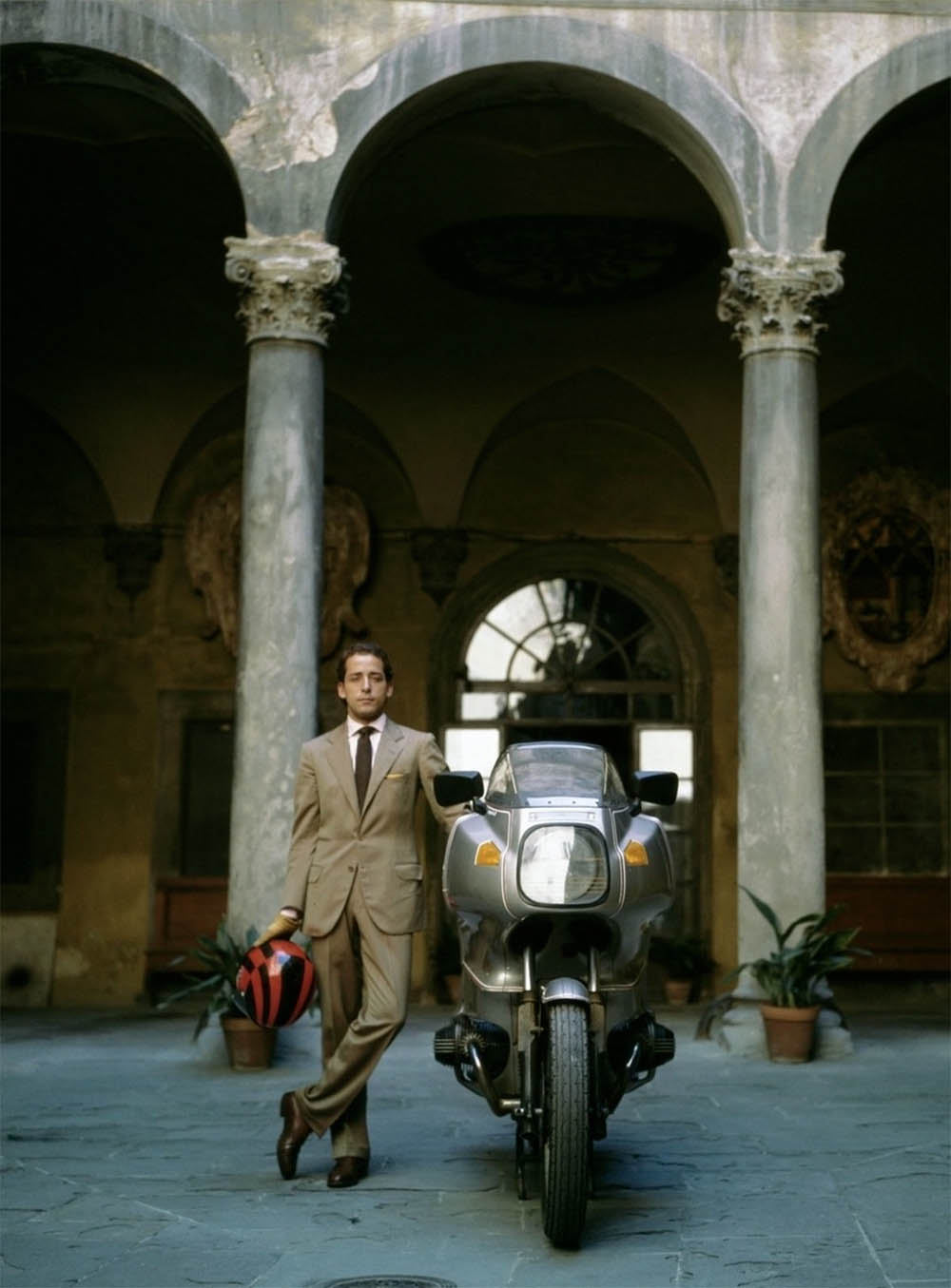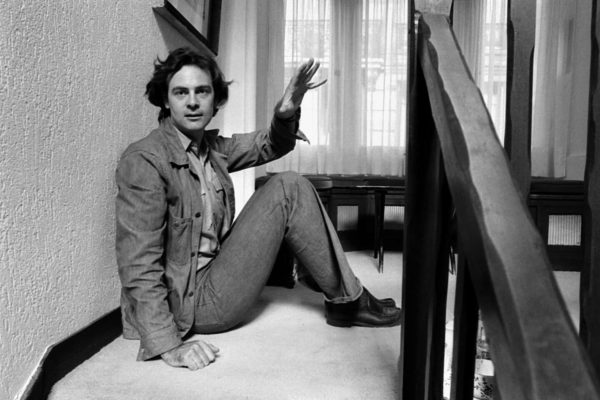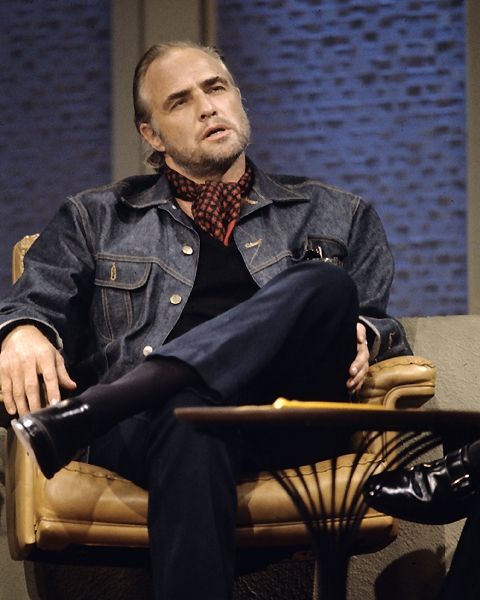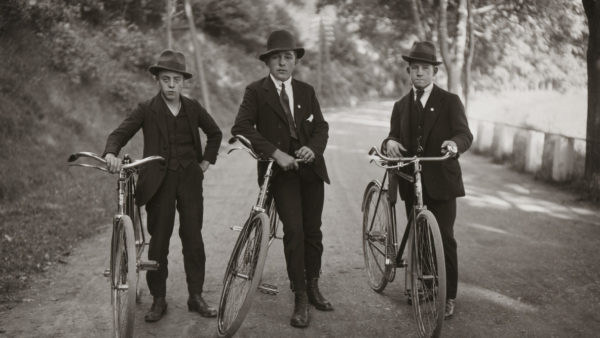The Solarowoolen fabric formed by the weaving of red warp threads and More, developed by the London School of Hygiene & Tropical Medicine, is at first a technical fabric, designed to protect its wearer from ultraviolet rays. It is invented in 1907 by Louis Westenra Sambonn, an oncologist specialised in tropical diseases.
Invention of the first technical fabric for colonial troops
The fabric is quickly adopted by British troops stationed in tropical colonies. Soldiers use it to make their own uniforms: the red side to cover helmets, the beige side for clothes.
The Solaro is made from a weave of red and olive woolcontinuous growth fiber of animal origin (alpaca, camel, Kas More yarns. According to its creator, the red warpall the parallel threads, regularly spaced, arranged in the More yarn (‘vertical’ thread), was supposed to reflect ultraviolet rays. The weftall the threads stretched on the loom and passing transversa More thread (‘horizontal’ yarn), which is more or less a light khaki, contrasts and gives the cloth a vibrant aspect, changing according to the light. The fabric takes an iridescent aspect oscillating from green to beige or even red, particularly enhanced when woven in a large herringboneV-shaped decorative pattern obtained by reproducing, after i More pattern.
Use of the Solaro by tailors
In the 30s, the Solaro enters in the civilian wardrobe. Actually not that efficient in protecting from UV-rays, it became more widely accepted and the fabric continued to be produced. The cloth sold under the name of ‘tropical fabric’ then takes the name of Solaro, of which Smith Woolens is the exclusive manufacturer since 1931.
After the Second World War, because of the shortage of raw materials, Italian tailors recovered military stock, contributing to its expansion beyond the British Empire. In the 50s and 60s, the Solaro, breathable and wrinkle-resistant, is seen as a special cloth for business men who are often required to travel to warm countries.

ELKANN, Alain. Turin, Italy. 1976.

AARONS, Slim, phot. COUNT RUCELLAI, Simone. Florence, Italy. 1984.

swatch of Solaro wide herringbone fabric by Smith & Co Woolens. 2020.

CORDERO DI MONTEZEMOLO, Luca. Milan, Italy. 2003.
- THE MEN OF MODIANO«Writer of memory, Patrick Modiano is also the writer of fabrics.»
- THE MEN OF JEAN-LUC GODARD« the aesthetics described as “French Mod”: extensive collars on structured shirts, a bit of flair here and a touch of paisley there. »
- TRUCKER JACKET« from being synonymous with rebellion, exemplified within the punk scene and anarchist movements to symbolizing freedom and unity »
- AUGUST SANDER: PEOPLE OF THE TWENTIETH CENTURY« the portrait is your mirror. No, it’s more: it’s you – August Sander »



